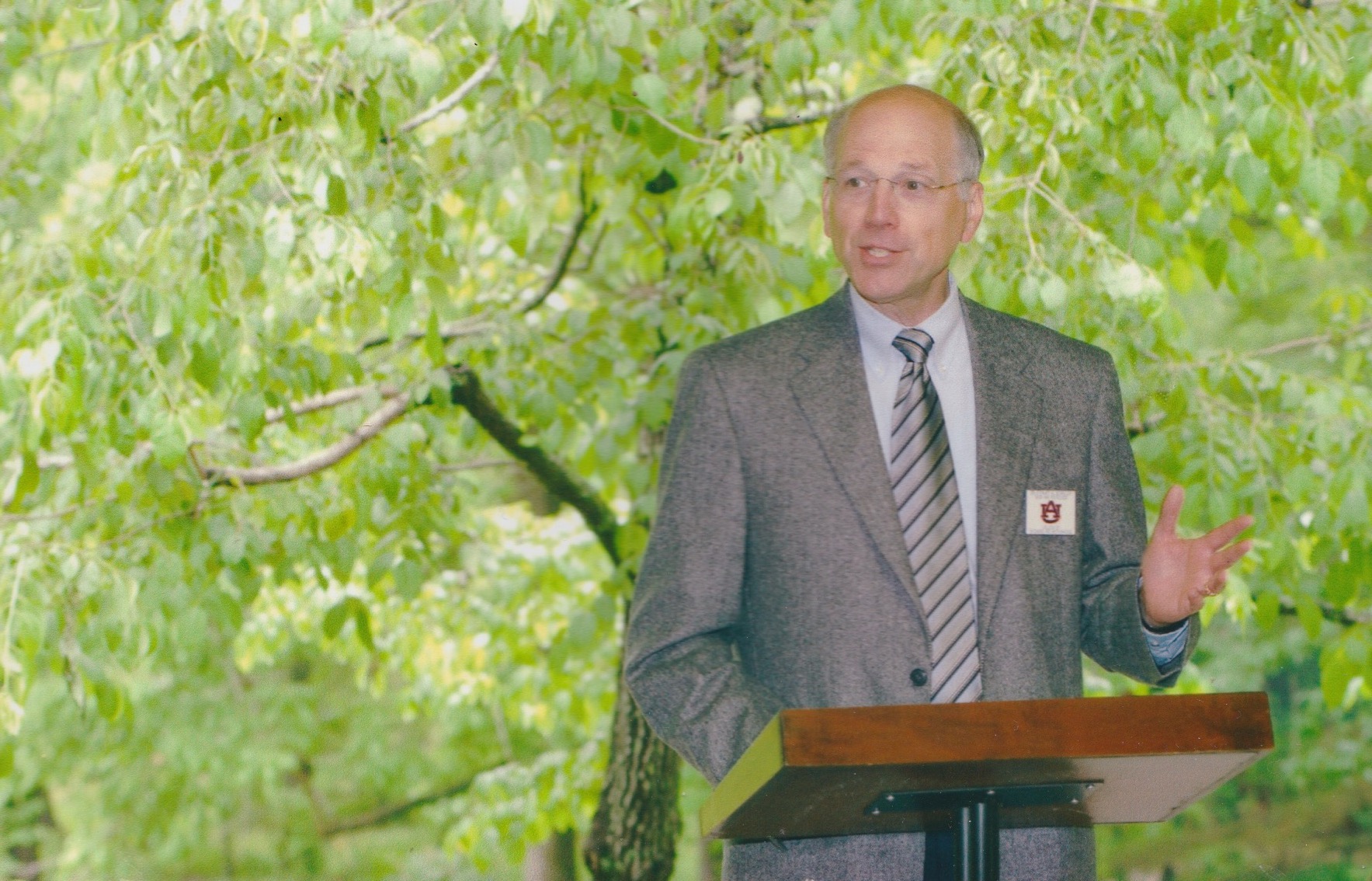1
2
3
4
5

|
|||
Remembering Stewart W. Schneller - beloved professor, dean, mentorStewart W. Schneller, professor in the Department of Chemistry and Biochemistry and former dean of COSAM, who dedicated his life to academic discovery and research, passed away on Friday, April 5. He was 82.
“His tenure as dean was extraordinary, and he holds the distinction of being COSAM’s longest-serving dean at 16 years, from 1994 to 2010. He began his service as dean a mere eight years after the creation of the college, and his vision transformed COSAM from a primarily teaching-focused unit to a college with strong commitments to research and outreach while retaining its emphasis on unparalleled undergraduate and graduate education,” said Edward E. Thomas Jr., dean of the college. 
| |||
Tiger Giving Day: Help our Arboretum’s carnivorous bog exhibit and create an accessible boardwalkThis Tiger Giving Day, we need your help for the Davis Arboretum. “The 13-and-a-half-acre oasis on Auburn’s main campus invites everyone to explore Alabama’s natural beauty,” said Morgan Pendergrass, director of the Arboretum. On Wednesday, April 10, the Arboretum needs your help to expand its carnivorous bog exhibit and create a boardwalk that is accessible for all to enjoy. “Even now as we strive to protect these species, we face almost insurmountable challenges,” she said. But that is where you can make a difference. 
| |||
Tiger Giving Day: Empower the next generation and help us REACH students throughout the stateJonathan Jones, proud Auburn alumnus, quarterback for the New England Patriots and Next Step Foundation founder, is helping the Southeastern Center of Robotics Education (S.C.O.R.E.) this Tiger Giving Day. “At S.C.O.R.E., our mission is clear – to inspire and prepare the next generation of STEM professionals,” said Jennifer Spencer, director of S.C.O.R.E. “We want to put robotics in the hands in K12 students all across the state of Alabama.” And you can help make this mission a reality. “We are not just teaching technological skills, we are nurturing critical thinking, problem solving and creativity,” explained Spencer. 
| |||
Wencan Jin receives NSF CAREER AwardAn object is chiral when distinguishable from its mirror image. Chiral structures can be ubiquitously found in nature, ranging from microscopic molecules to astronomical objects, and they have wide applications, for example, in enantioselective catalysis and drug design. According to Wencan Jin, assistant professor of physics who recently received the National Science Foundation (NSF) CAREER Award, “In condensed matter systems, the chiral phenomena may manifest themselves as dynamic properties such as the collective excitations of the crystal lattice and electron spins, called phonon and magnon, respectively. The chiral interactions between phonon and magnon offer a pathway for energy and angular momentum transfer among these different degrees of freedom, which are important for both fundamental science and technological applications. | |||
Join us for the Science of Brewing on April 11 at the New Realm Brewing Company Hey Day Market“In this Science Café, you can learn how beer is made, from the raw ingredients to the final product,” said Bruce Smith, professor and director of Auburn University Research Initiative in Cancer at the College of Veterinary Medicine. “While the production of beer is often called an ‘art’, I want to give the audience a glimpse into the science behind how beer is made, and also how brewers make different kinds of beers, and why they have the associated aroma, color, and taste.”
Homebrewing dates back thousands of years and more than a million people each year in the United States brew their own tasty, fermented concoctions. But do you know what goes to make your favorite beer?
“The science behind beer is also a great example of interdisciplinary science, since it ranges from horticulture (growing hops and grain) to chemistry (water composition, pH, Maillard reactions, etc.), to microbiology (yeast culture and genetics),” he said. 
| |||
View previous issues of COSAM Today.We want to hear from you! Share your good news with us.COSAM Today is published by COSAM's Office of Communications and Marketing. Questions? Send an email to mcg0052@auburn.edu. |
|||




